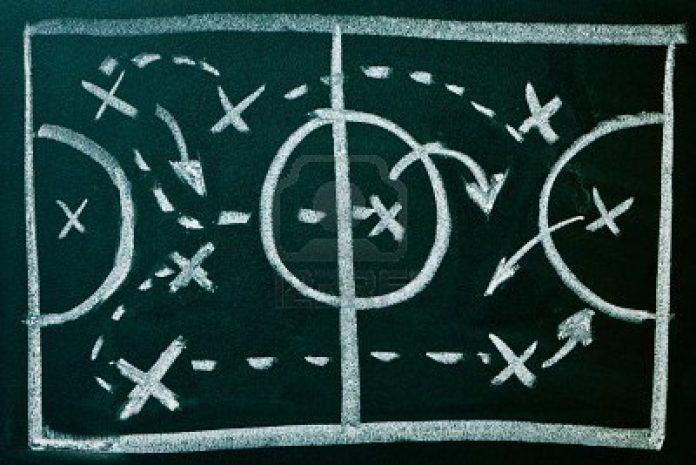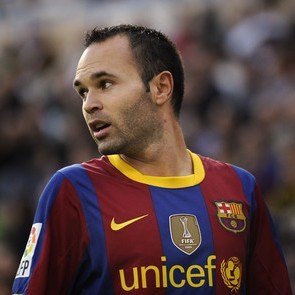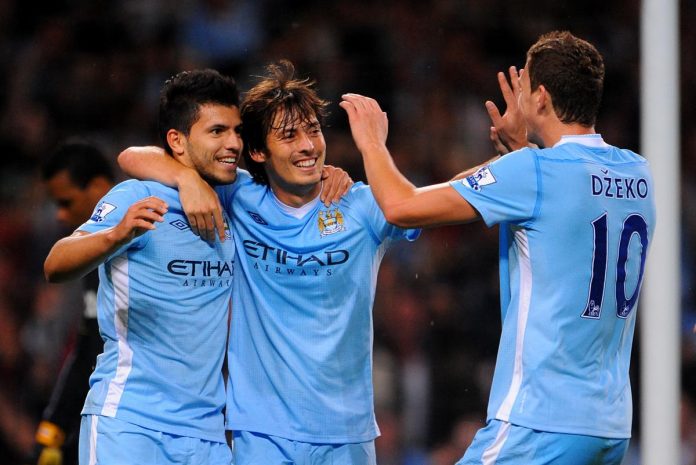Fluidity and momentum go hand in hand in modern day football. Penning the opposition into their own half and keeping hold of the ball is key to emerging victorious particularly at the very top end of the game these days, which is why in the past decade teams have begun to move away from the rigid 4-4-2, and towards formations with more positional and tactical interchangeability.

With the emergence of Barcelona as a dominant force in world football, we have seen teams right down the footballing ladder from Manchester United to Mansfield Town fiddle around with their formation, yet nobody seems to be able to quite replicate the success achieved during the Guardiola era. So why is that?

Barcelona have no standard formation. When you watch them play, you can go from seeing 4-3-3, to 4-2-3-1, to 3-5-2 and 3-4-3 all in the space of 90 minutes. Similarly, who is to say that Manchester City played a 4-2-2-2 last season? David Silva and Yaya Toure would often occupy the same areas of the pitch, whilst Nigel De Jong or Gareth Barry would provide cover for the pair.
This is not to say there is no room in the modern game for a well regimented side. The likes of West Brom, Everton, even Liverpool under Rafa Benitez play with a style that requires players to do very specific jobs in very specific areas of the pitch.

The word ‘discipline’ in football has changed. No longer are players required to work tirelessly to cover their own areas of the pitch, they are more focused on tracking runs all over the back and midfield third.
The hybrid formation has really brought this feature of offensive play to the fore; the best teams have no defined formation. This, my friends, this lack of being able to put football into simple black and white, is what earns it the title of ‘The Beautiful Game’.
Add Sportslens to your Google News Feed!
